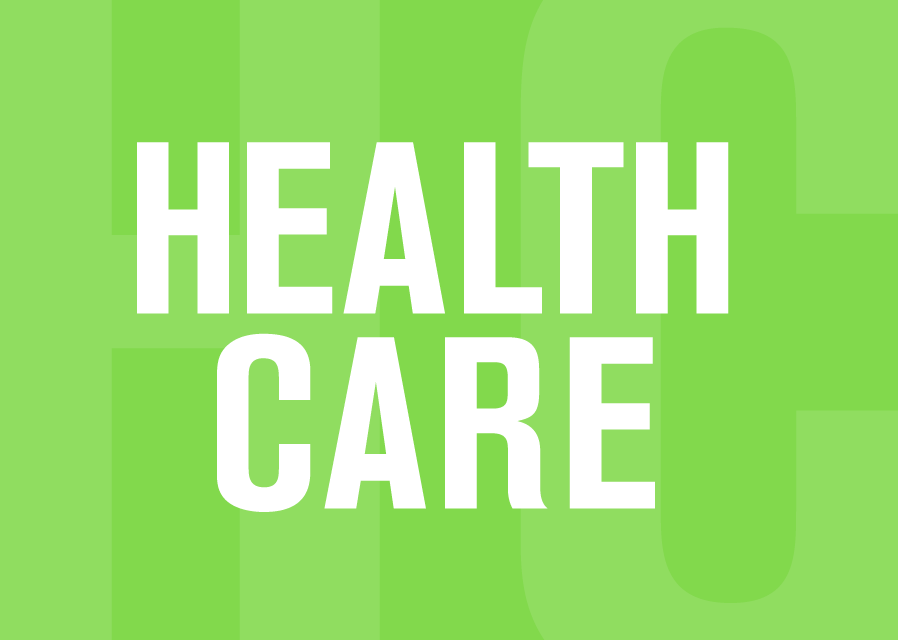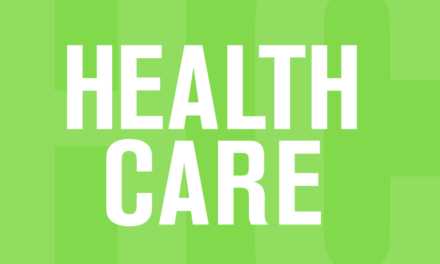Here’s a familiar story. Nova Scotia’s latest Respiratory Watch was released on Tuesday and as usual it was low key, with the lead well buried.
The report led off with some seemingly bad news – Influenza cases have risen steadily since Dec. 2. But on the bright side (and contrary to the anecdotal evidence collected at holiday gatherings) COVID-19 cases verified by PCR testing declined from the previous week and “activity continues to be lower than during the same time period in 2022/23.” There is also good news about Respiratory Syncytial Virus (RSV): case numbers are stable and below the same period last year.
But dig a little deeper through previous Respiratory Watch reports and the story is not nearly as positive. COVID cases may be down slightly, but deaths are up, 13 during the two-week period from Dec. 23 to Jan. 6, compared with 11 during the two preceding weeks. Hospitalizations due to COVID were up by 98 over the two weeks and the number of COVID patients receiving intensive care increased by a dozen. In fact, over the five weeks leading up to January 6, COVID-19 appears to be as severe as it was during the same period last year.
- According to Nova Scotia’s monthly COVID-19 Epidemiologic Summary published in January 2023, there were 165 hospitalizations due to COVID-19 in December 2022. Between Dec. 3, 2023 and Jan. 6, 2024 hospitalizations increased by 203.
- Initially the number of deaths reported in the Epidemiologic Summary for December 2022 was 11, subsequently updated to 25 for the month. Between Dec. 3, 2023 and Jan. 6, 2024 there have been 27 deaths.
| Date | Deaths since Aug.27 | Weekly Increase | Hospitalization since Aug.27 | Weekly Increase |
| Dec. 2 | 77 | Na | 362 | Na |
| Dec. 9 | 80 | 3 | 402 | 40 |
| Dec.16 | 89 | 9 | 428 | 26 |
| Dec.23 | 91 | 2 | 467 | 39 |
| Dec.30 | No report | Na | No report | Na |
| Jan. 6,2024 | 104 | 13 (2 wks) | 565 (2 wks) | 98 |
| Total Weekly Increases | 27 | 203 | ||
| December 2022 Increases | 25 | 165 |
Sources: Respiratory Watch and Epidemiologic Summary
Because of the difference in dates the comparisons have an element of apples-and-oranges, the result of the government changing reporting periods – from daily to weekly to monthly and then back to weekly. However, with that caveat it appears that COVID-19 has been at least as bad since the beginning of December this year as it was in 2022. And we are just getting into the thick of it. Between January and the end of March 2023 there were 111 COVID deaths reported.
It is to be hoped that December and the first week of January is a blip, not the start of a trend. But given the latest numbers and the emergence of the new JN.1 subvariant it would be reasonable to expect the government to sound at least a mild alarm.
Maybe letting people know that COVID deaths and hospitalizations were on the rise in December would reinforce messaging about wearing masks, staying home when sick or getting all of the recommended vaccinations – something Nova Scotians have been lax about. According to statistics compiled by the federal government, only 14.8 percent of Nova Scotians five and older were vaccinated per recommendations as of Dec. 3, 2023, third lowest rate among provinces and below the national rate of 15.6 percent.
The surreptitious release of this week’s Respiratory Watch will not serve to warn people of the current severity of the disease and encourage them to get vaccinated. And by leading with the news that verified cases were down while providing no context for deaths or hospitalizations, it may have the opposite effect. As Shira Lurie, history professor at St. Mary’s University put it in a Jan. 11 commentary in the Chronicle-Herald, the Houston government’s “COVID-19 policy has long been to pretend the virus no longer exists.”
How Nova Scotia compares
The Nova Scotia Premier is not alone in wanting to wish COVID away. As Prof. Lurie’s commentary noted, that seems to be the attitude of other Nova Scotia politicians, who are largely in step with provincial and federal politicians across the country. However, since 2022 when restrictions were relaxed and public health measures scaled back the resulting death rate in Nova Scotia has been above the national rate.
In a post last March I showed that during an eight-month period between July 1, 2022 and February 28, 2023 Nova Scotia had one of the highest death rates from COVID in the country. The same holds true with a longer time frame, stretching from the beginning of 2022 to the end of 2023. The table below shows Statistics Canada’s calculation of the number of deaths at the end of 2021 and estimates by the Public Health Agency of Canada (PHAC) of deaths to Dec. 30, 2023.
As of January 16 the PHAC website showed Nova Scotia with 974 COVID deaths, a total which would include the 13 reported in the most recent Respiratory Watch report. But because that number may include some deaths in 2024, plus the fact that most provinces failed to report for the Dec. 31-Jan.6 period, the second column of the table shows estimated provincial death counts to Dec. 30, as posted on Jan. 9.
Table 2: Increase in COVID-19 deaths 2021-23 Canada and Provinces
| 2021 | 2023(e) | 2021-3 Increase | Increase per million | |
| Canada | 30,356 | 57,274 | 26,918 | 680 |
| NS | 113 | 961 | 848 | 817 |
| NL | 29 | 384 | 355 | 667 |
| PEI | 0 | 114 | 114 | 655 |
| NB | 150 | 972 | 822 | 996 |
| Que. | 11,373 | 19,356 | 7,983 | 908 |
| Ont. | 10,926 | 18,058 | 7,132 | 464 |
| Man. | 1,151 | 2,571 | 1,420 | 992 |
| Sask. | 847 | 2,039 | 1,192 | 981 |
| Alta. | 3,157 | 6,220 | 3,063 | 659 |
| BC | 2,599 | 6,538 | 3,939 | 730 |
Source: Statistics Canada Table 13-10-0801-01 and PHAC
As the right hand column of the table shows, from the end of 2021 to the approximate end of 2023 Nova Scotia’s COVID death rate of 817 per million population was significantly higher than the national rate of 680. The national rate is depressed by the low numbers reported by Ontario, where almost 40 percent of Canadians reside. If Ontario is removed from the equation, Nova Scotia’s rate is almost the same as the average of the remaining provinces (818). That may be somewhat mitigating, but the experience of the last two years shows that Nova Scotia can no longer boast about its successful containment of COVID-19.With no laurels to rest on it’s time for Nova Scotia to renew efforts to fight the virus.
-30-
.






